Mediterranean Influence in Montenegrin Olive Cuisine
9 min read Exploring the rich Mediterranean roots shaping Montenegrin olive-based dishes and culinary traditions. September 28, 2025 03:05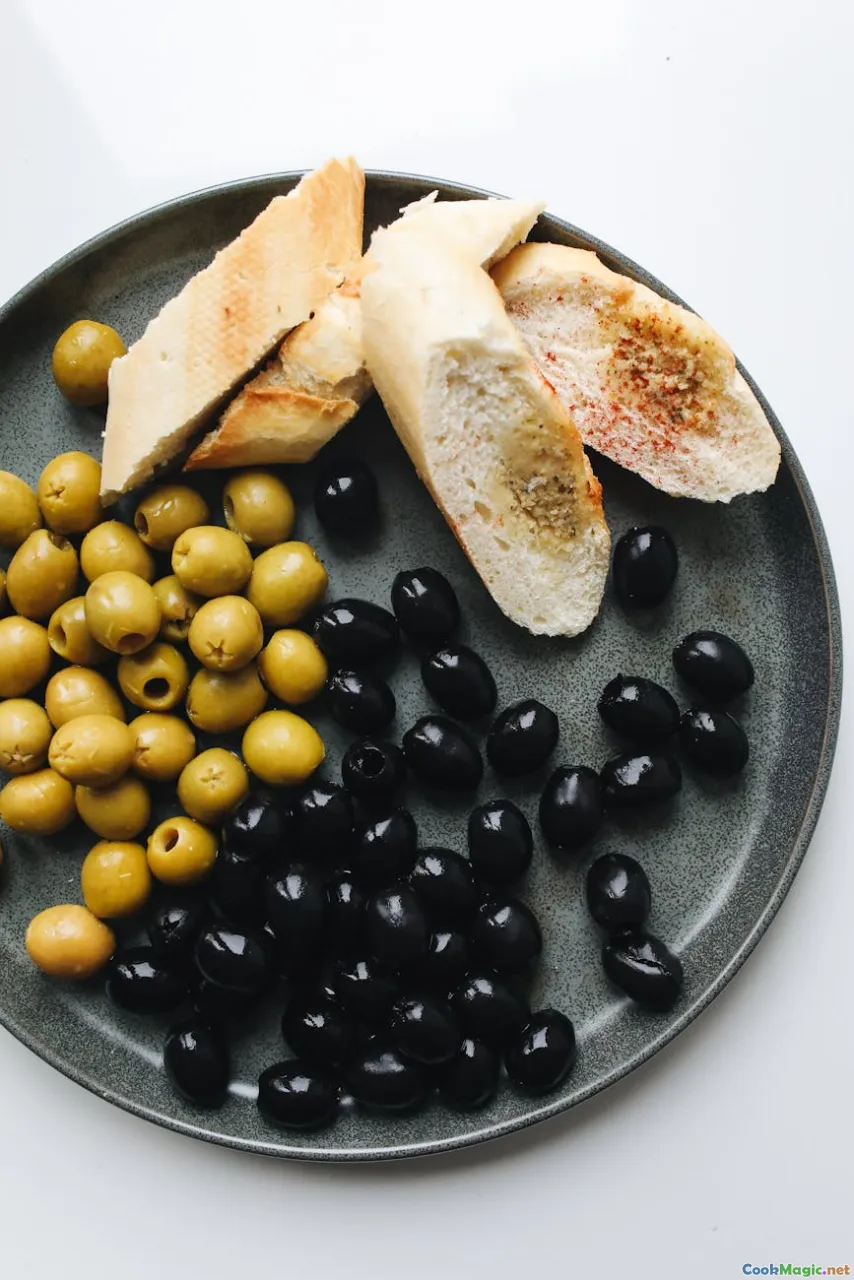
Mediterranean Influence in Montenegrin Olive Cuisine
Nestled along the rugged Adriatic coast, Montenegro whispers stories of antiquity, resilience, and rich cultural interplay. Among its diverse culinary tapestry, olive cuisine emerges as a testament to the ancient Mediterranean influence—a harmonious blend of flavors, traditions, and history that continues to enthrall both locals and curious travelers alike.
As I wander through the winding streets of Kotor, admire the terraced landscapes of Luštica, or settle beneath the shade of centuries-old olive groves in Crmnica, I am continually struck by how pivotal the humble olive is to Montenegrin identity. Its aroma, its taste, and its very essence echo centuries of Mediterranean connection—rooted deep within the land, cultivated with artistry, and celebrated at every table.
The Historical Canvas: Olive Cultivation in Montenegro
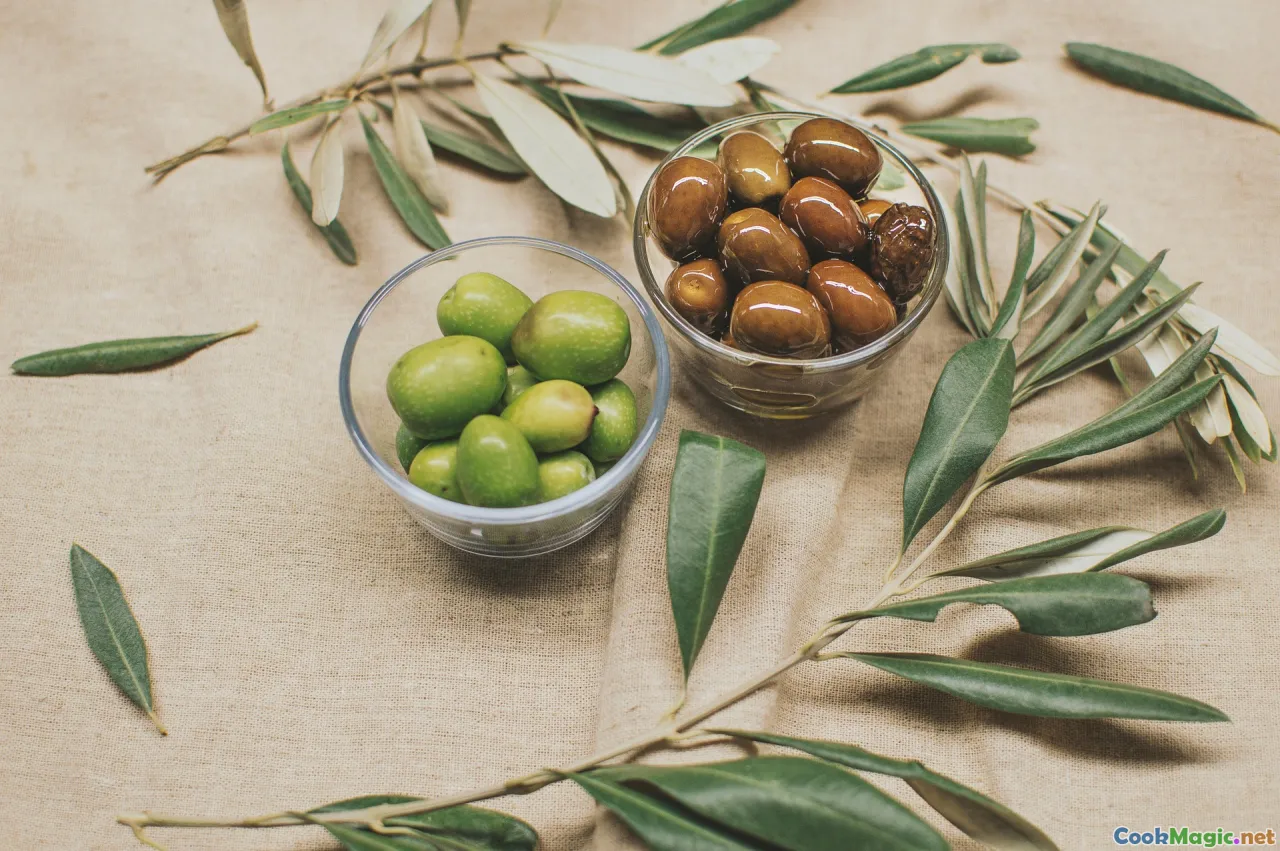
Montenegro’s relationship with olives predates recorded history. Archaeological findings in coastal regions reveal that olives and olive oil were integral to ancient Illyrian and Roman settlers, who harnessed the land’s fertile slopes. These early communities understood that the secret to sustenance and social cohesion lay beneath the sun-dappled terraces: the resilient, fragrant olive tree.
In the coastal and inland regions like Crmnica and Bar, traditional olive groves have been cultivated for centuries, passed down through generations. The ancient practice involves not only harvesting but also cold-pressing, a method that preserves the nuanced flavors—bitterness, fruitiness, and peppery finish—that define Montenegrin olive oil.
Olive Varieties and Regional Flavors
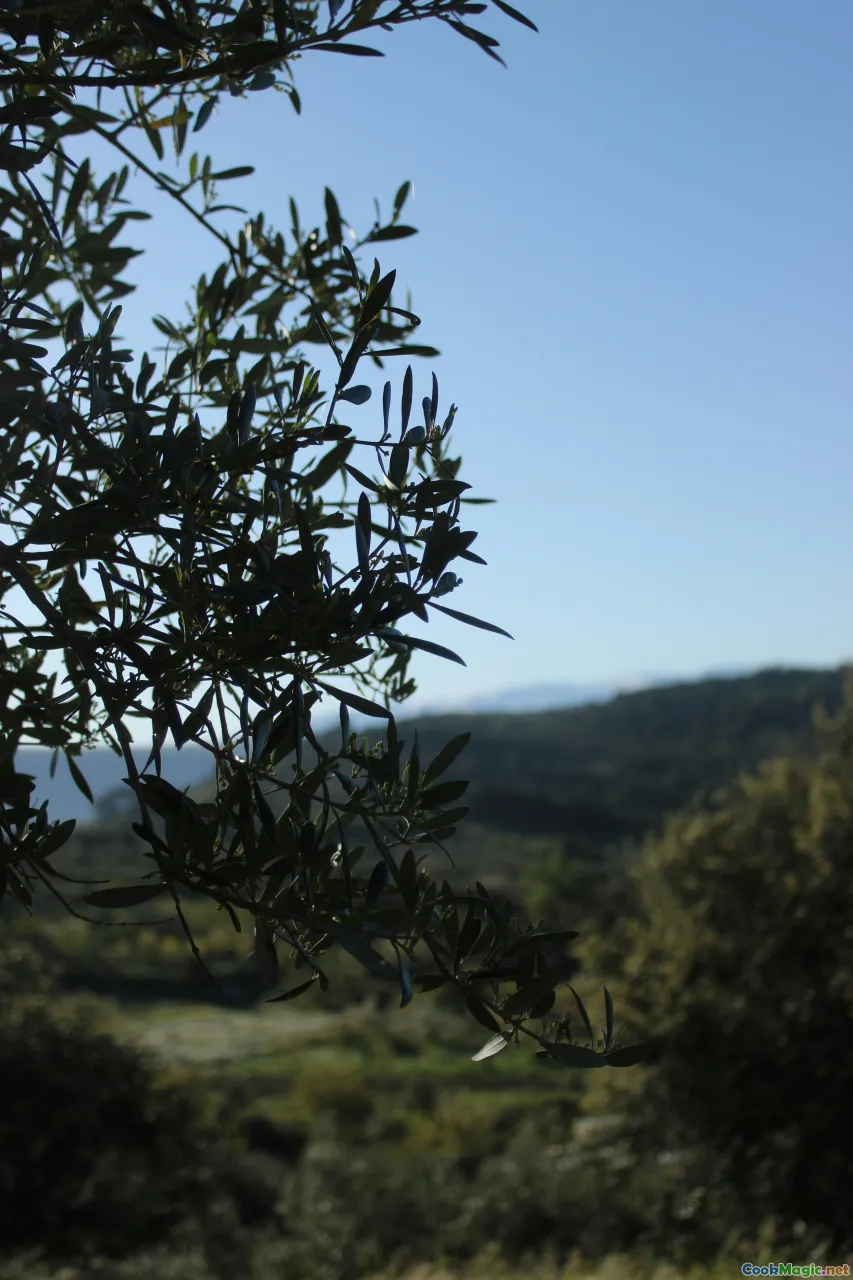
Montenegro boasts several indigenous olive varieties, each contributing a unique flavor profile to its cuisine. Among the most esteemed is the "Crnogorska", renowned for its full-bodied, peppery character with hints of almond and green herbs. Then there’s the delicate "Bjelica", offering a milder, buttery richness perfect for drizzling over salads or bread.
In the coastal zones, the olives develop a slightly salty, tangy nuance—a pleasant reflection of the Mediterranean’s proximity to the sea. Inland varieties tend toward more aromatic and robust notes, often used to produce extra virgin olive oils that serve as culinary foundations.
Cooking with Local Olive Oil: Authentic Recipes and Techniques
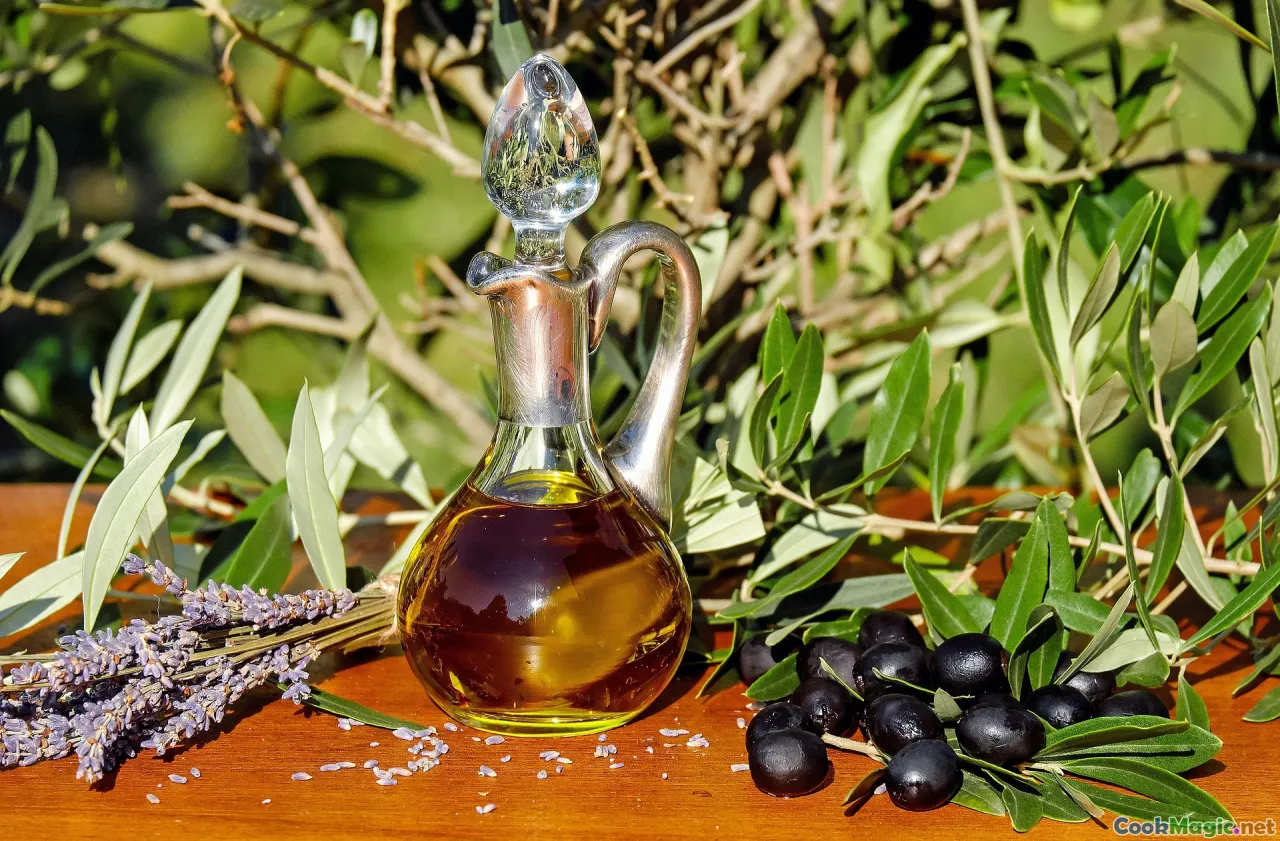
Montenegrin olive oil is not merely a condiment but a cornerstone of its culinary expressions. Its use spans from humble everyday dishes to celebratory feasts.
Simple yet Revelatory: The Montenegrin Olive Oil & Bread RitualNothing encapsulates this connection better than dipping freshly baked crusty bread into a small dish of high-quality extra virgin olive oil, sprinkled with sea salt. The first sip of oil releases a burst of grassy, peppery aroma, enveloping the palate with a silky, aromatic warmth.Traditional Dishe: Buzara with Olive OilFor seafood lovers, Buzara—clams or mussels cooked in tomato, garlic, white wine, and fresh herbs—is elevated by drizzling generous amounts of Montenegrin extra virgin olive oil just before serving. The oil’s fruity bitterness balances the briny sweetness of the shellfish, creating a symphony of coastal flavors.Salads and Appetizers:
- Zelena Salata (Green Salad): Local tomatoes, cucumbers, and olives dressed in olive oil and a squeeze of lemon.
- Pršut & Olives: MONTenegrin dry-cured ham paired with marinated olives, where olive oil penetrates and mingles with smoky notes.
Olive-Mediterranean Fusion in Montenegrin Dishes

Despite its unique local ingredients, Montenegrin cuisine bears vivid Mediterranean influences—visible in how olive oil features prominently in both traditional and contemporary dishes.
Kacamak with Olive Infusion
A traditional dish of cornmeal mash, Kacamak is typically served with wild greens or cheese. Thankfully, modern adaptations showcase a drizzle of Montenegrin olive oil over the top, enhancing its creaminess with a fragrant, peppery lift.
Olive-Enhanced Pasticada
While Pasticada—a Dalmatian stew usually made with beef or veal—has deep roots in Croatian cuisine, Montenegrin chefs have embraced it with a twist: adding olive-stuffed prunes and liberally polishing with a drizzle of local olive oil that adds depth to the rich, tangy sauce.
Tapas and Mezze Styles
In contemporary Montenegrin plating, olives marinated with herbs, lemon zest, and a splash of olive oil form the perfect appetizer. Served with crusty bread or local cheeses, they embody the Mediterranean’s convivial spirit.
The Emotional and Cultural Significance of Olives in Montenegro
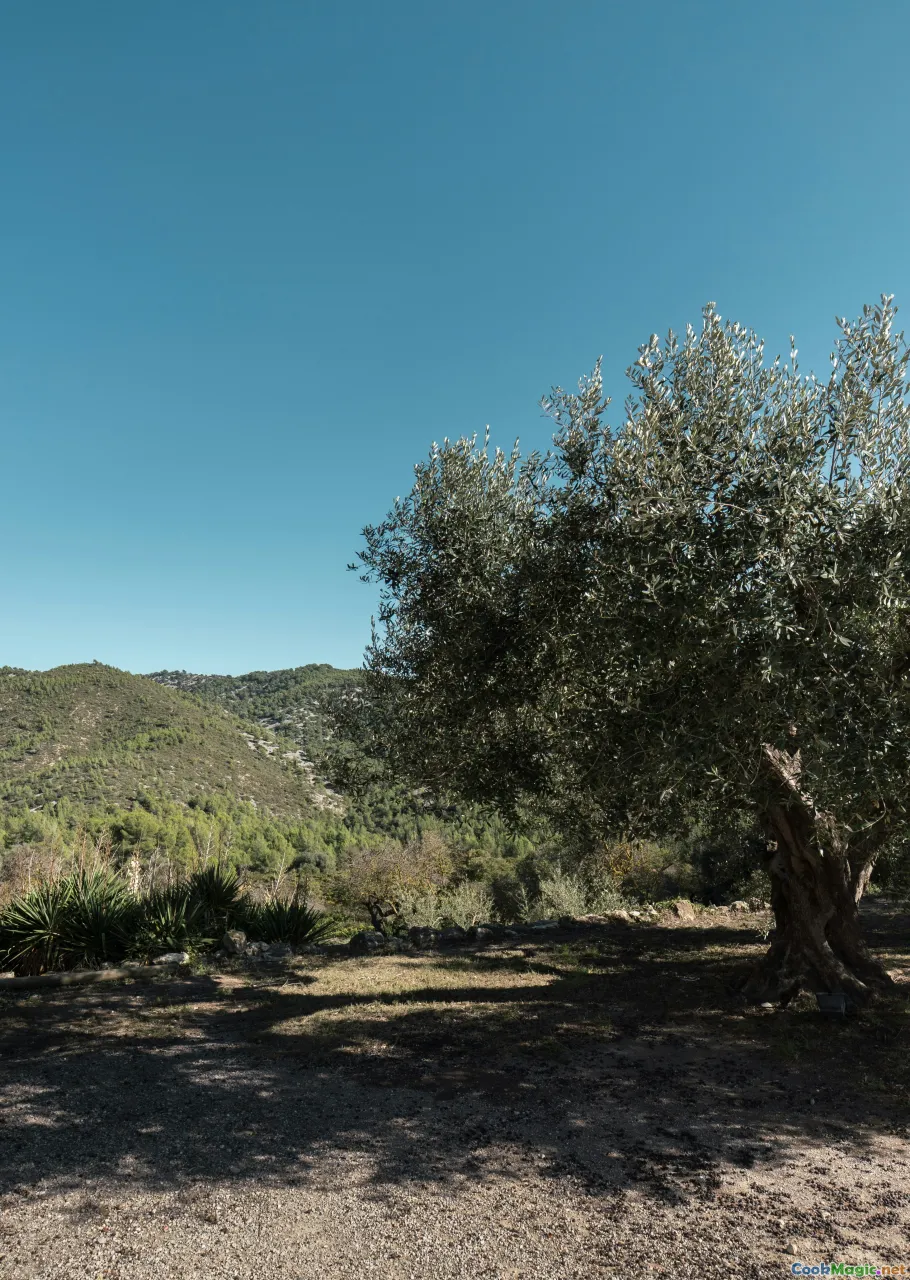
Olive cultivation in Montenegro is not merely agricultural; it is a cultural beacon. Each harvest season, villages organize festivals—Olive Oil Days in Donji Stoliv or the Olive Festival in Petrovac—honoring the toil of generations and celebrating the symbolic unity that the olive signifies.
These gatherings are moments of storytelling, music, and shared meals, where families and communities partake in pressing olives, tasting new oils, and relishing traditional bread and cheese flavored with the very essence of the land.
Moreover, the act of olive harvesting itself becomes almost ritualistic, a bonding experience connecting young and old, nature and tradition—something that deeply resonates in Montenegrin emotional life.
Sustainable Cultivation and Modern Takes
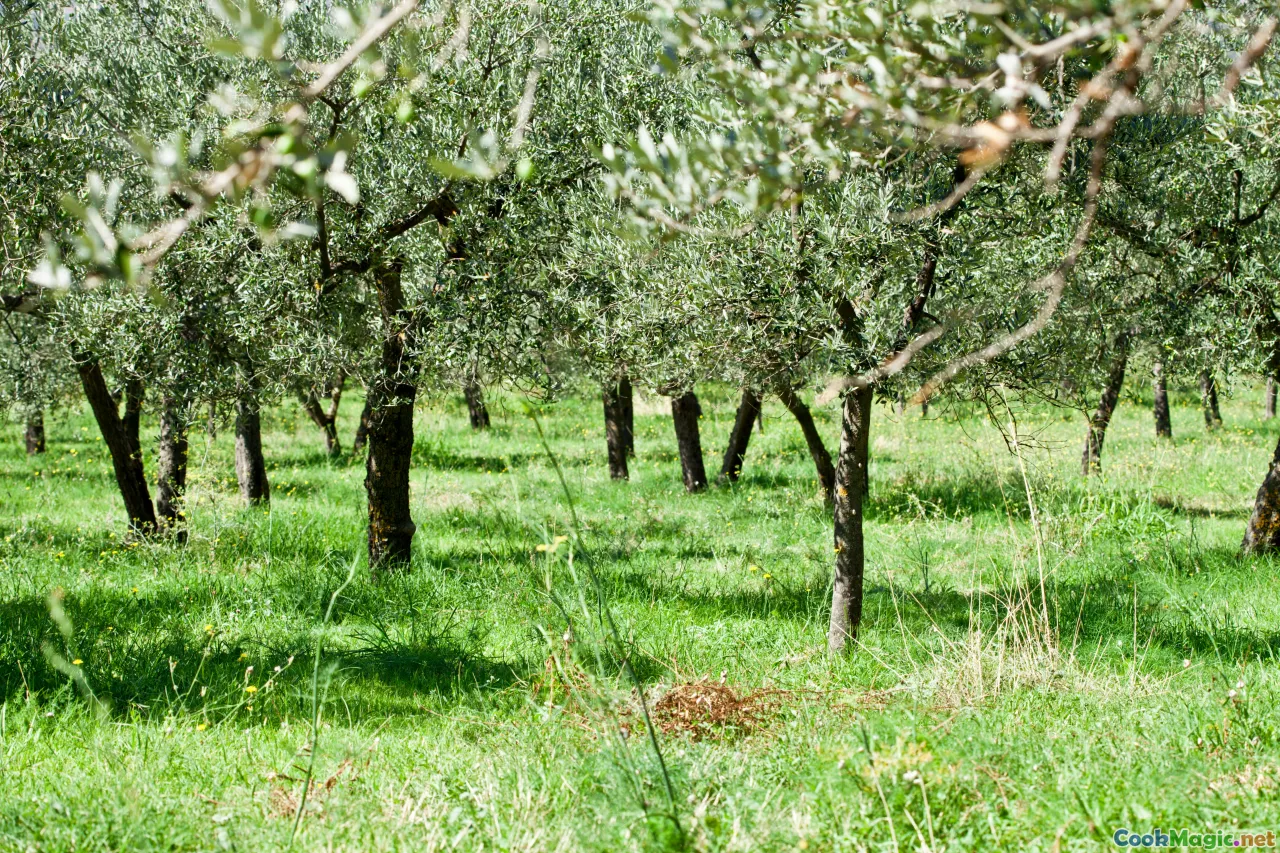
Today, many Montenegrin farmers embrace sustainable practices—organic cultivation, water conservation, and eco-friendly harvesting—to protect the land and maintain the authenticity of their oils. Boutique producers, often family-run, craft small batches with meticulous care, ensuring each drop embodies the Montenegrin soul.
Contemporary chefs also experiment with olive oil in innovative ways—using it in marinades, baking, even in desserts like olive oil ice cream—bringing new dimensions to traditional flavors.
Savoring the Olive Heritage
Walking along the sun-drenched coastal paths, tasting a spoonful of fresh Montenegrin olive oil, or watching olives turn from green to black in the late autumn, one feels a profound connection—both to the past and the future.
Montenegrin olive cuisine, deeply influenced by Mediterranean standards yet uniquely its own, offers not just flavors but stories—of resilience, of land, and of a community fiercely proud of its heritage.
Every drizzle, every dish, whispers the timeless dialogue between nature and nurture—inviting us all to savor the enduring grace of Montenegro’s olive spirit.









